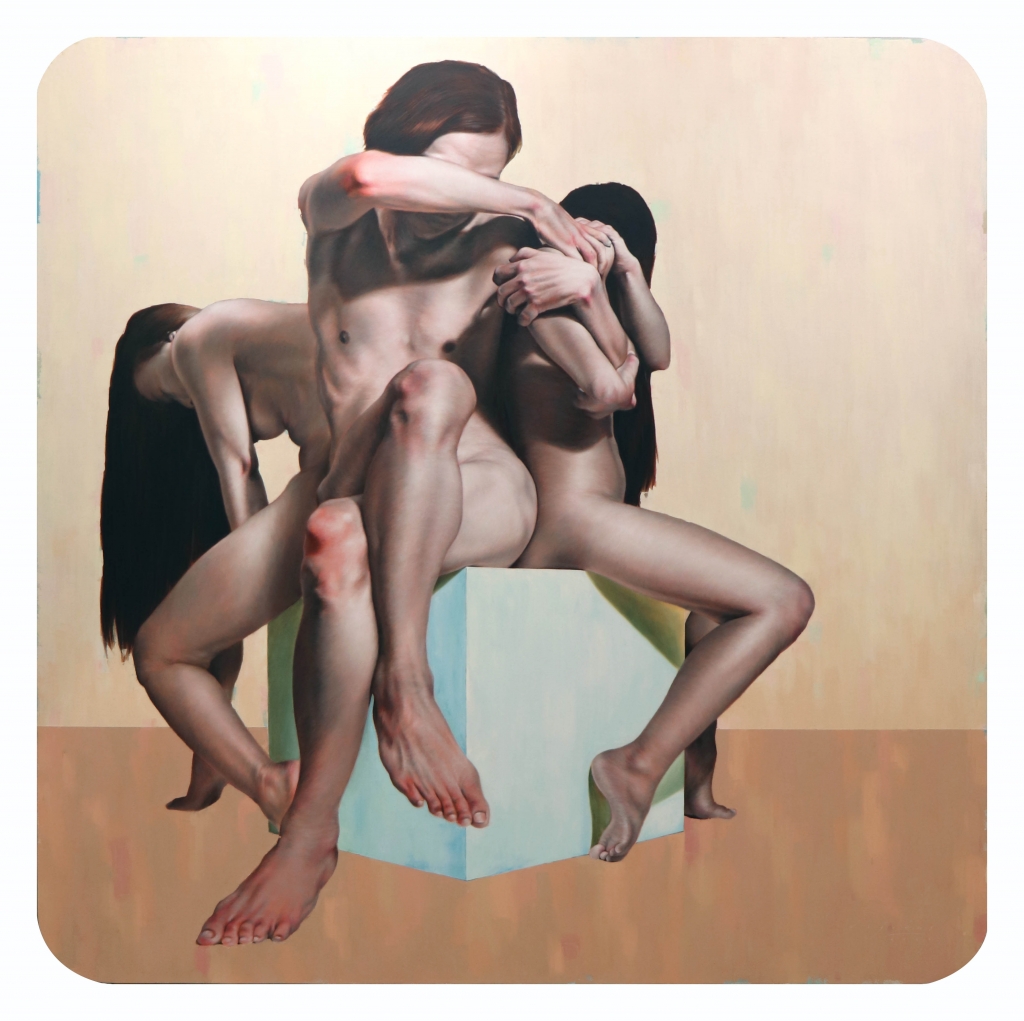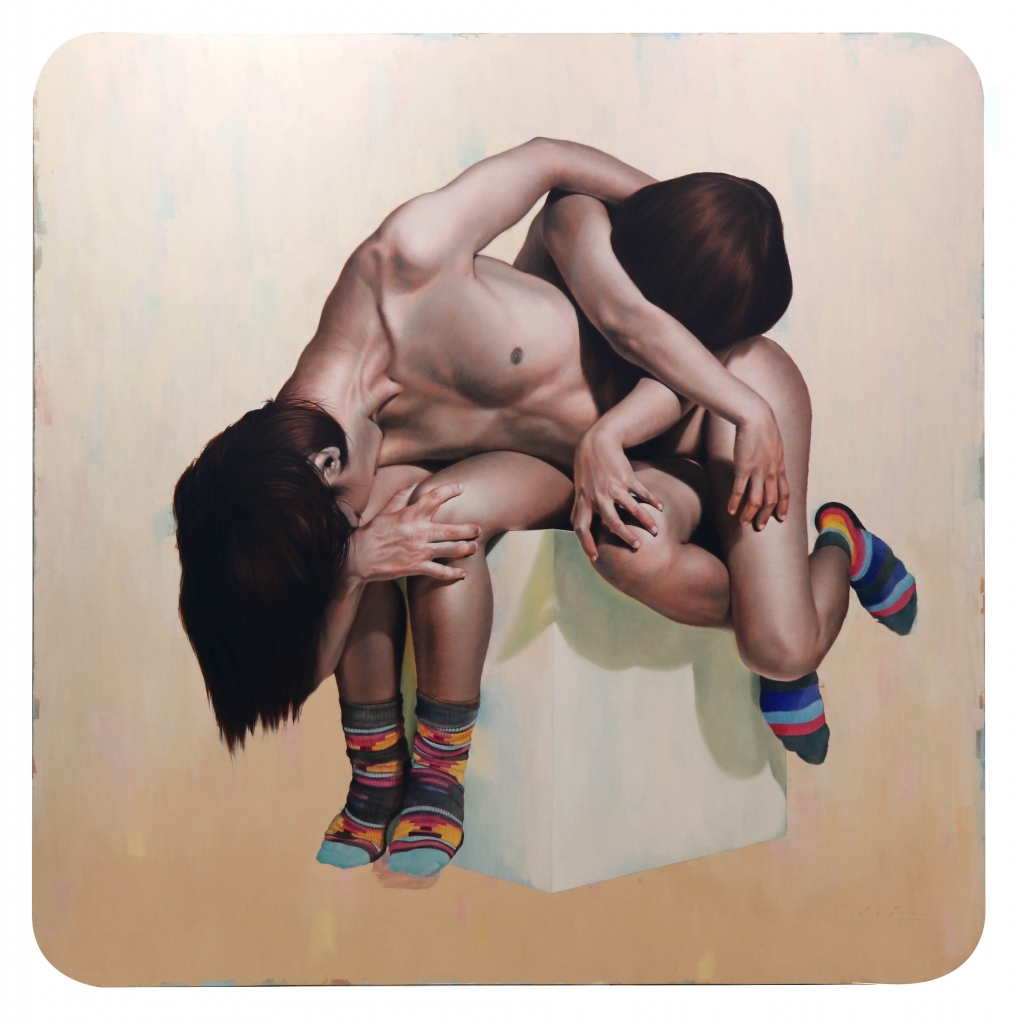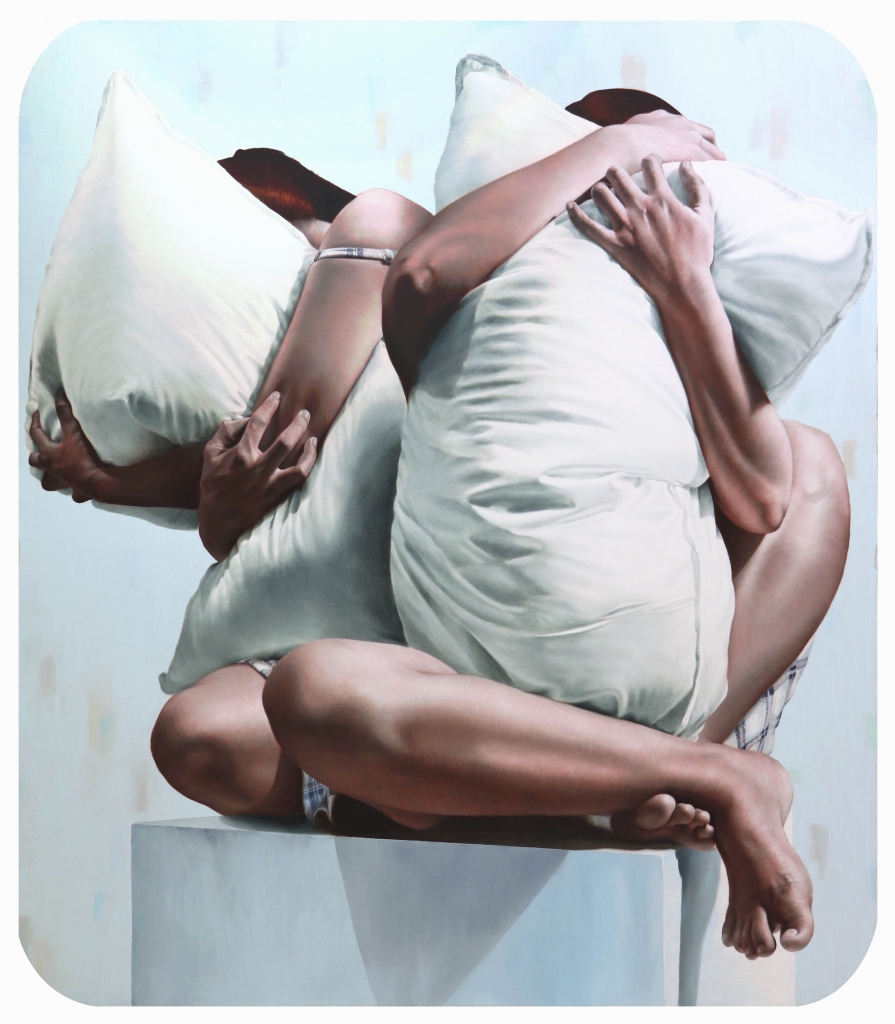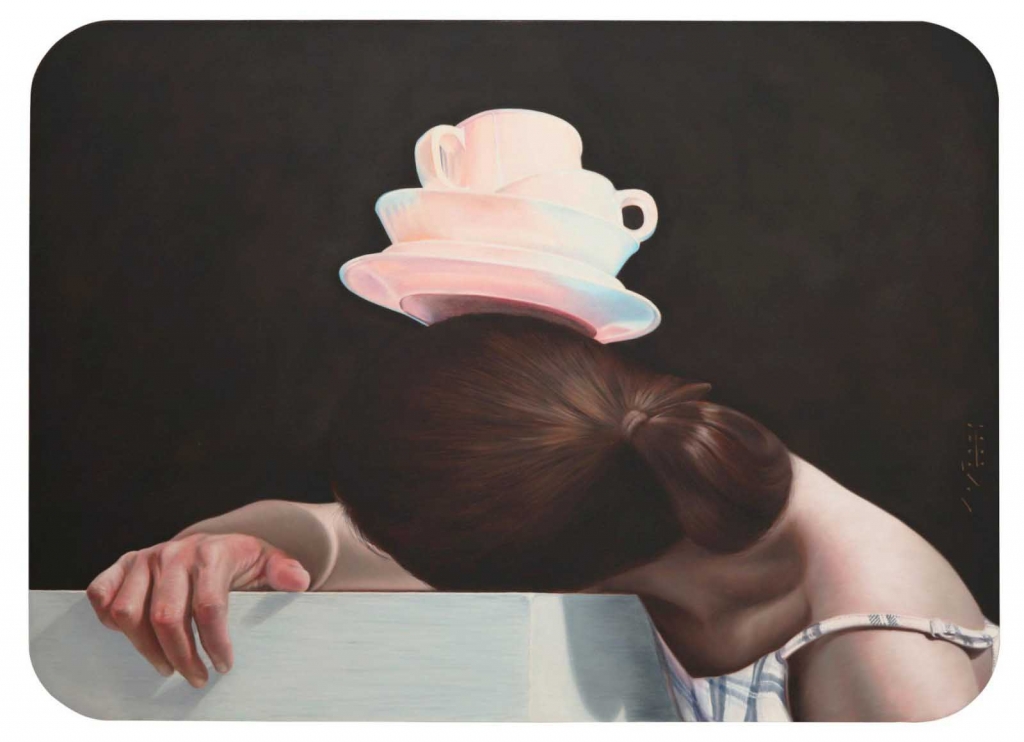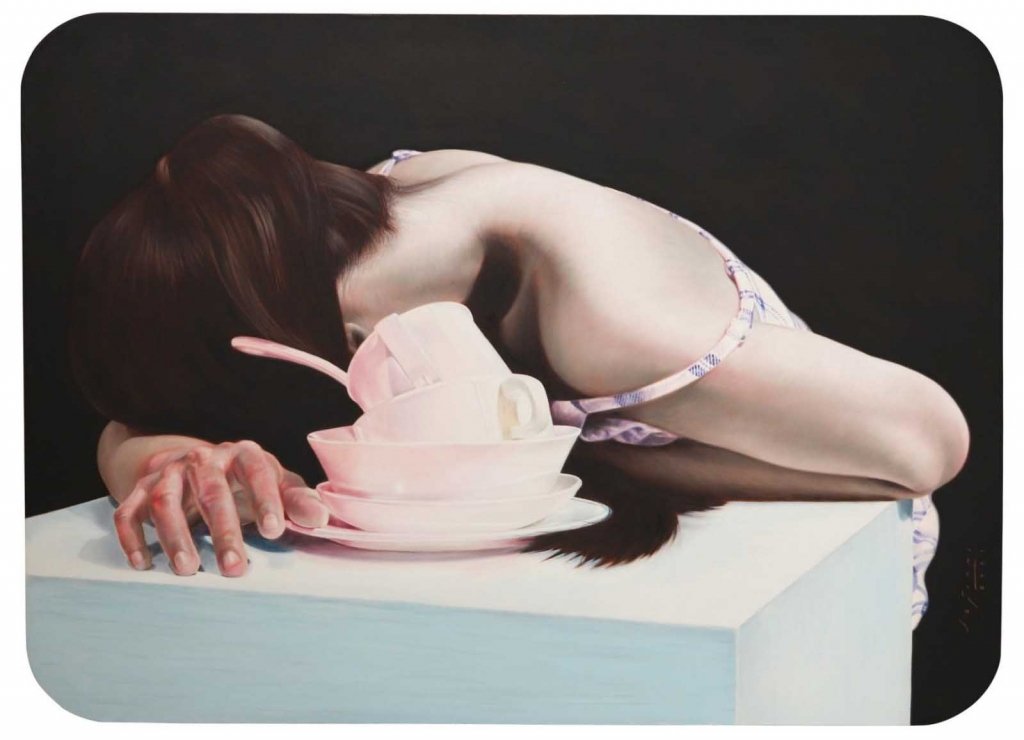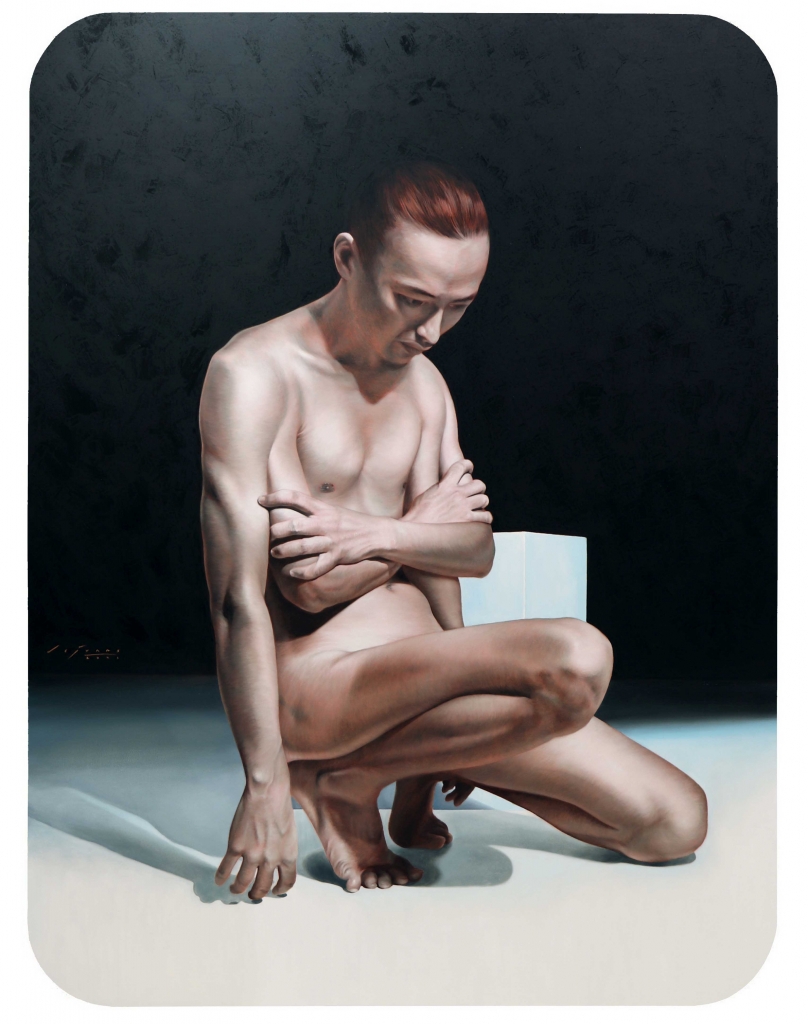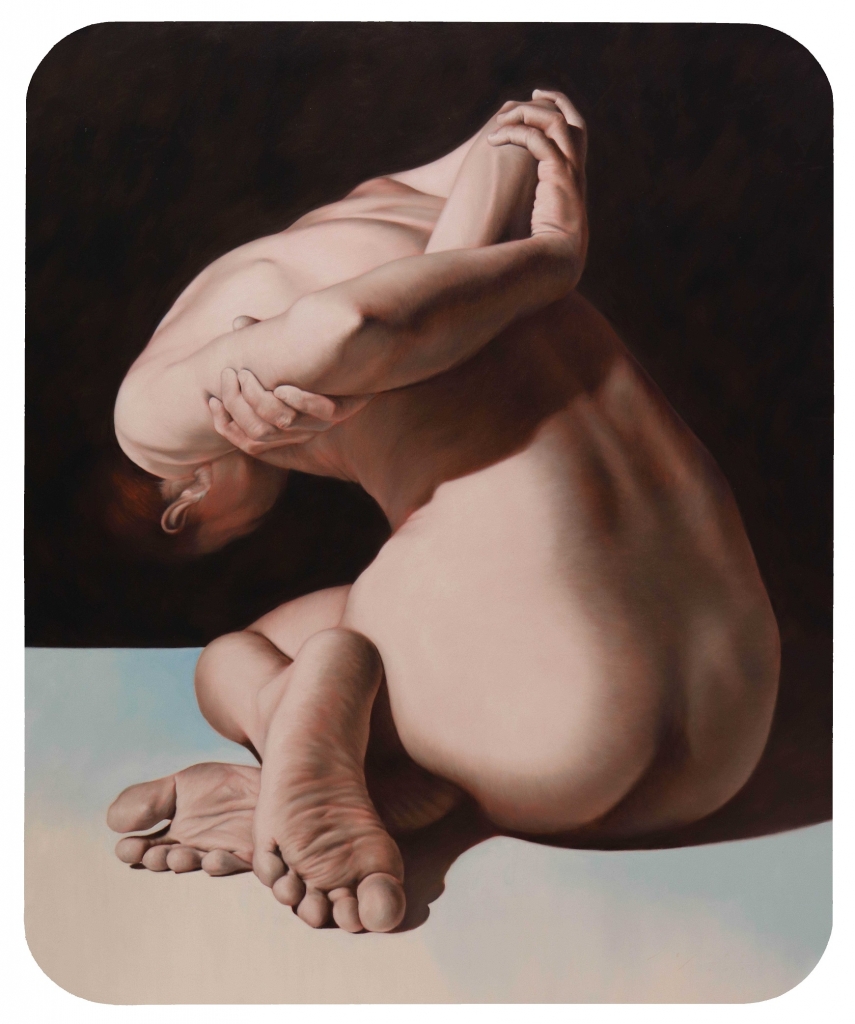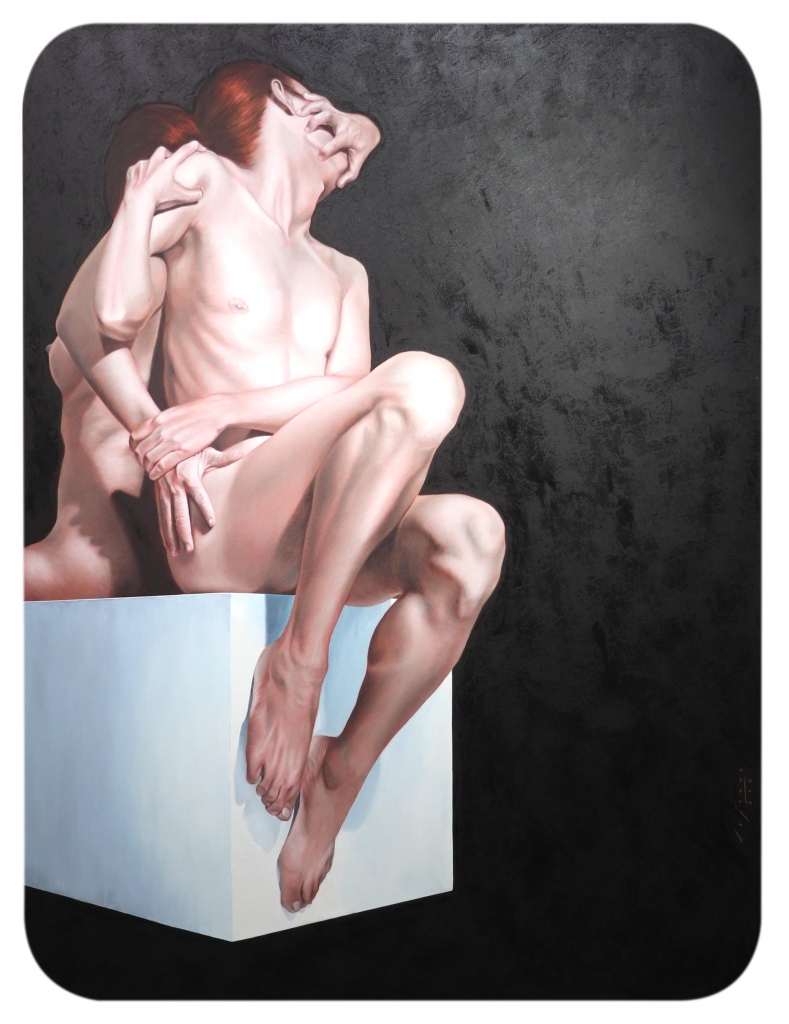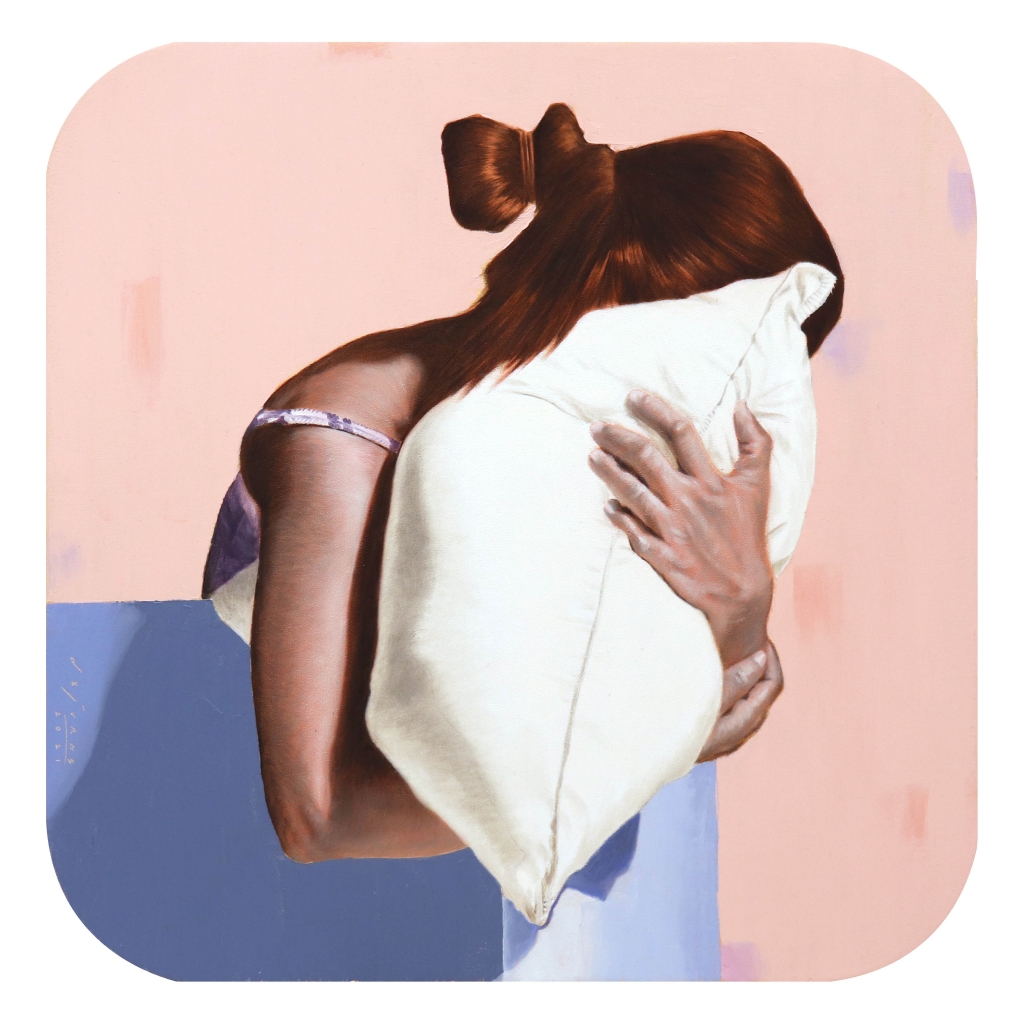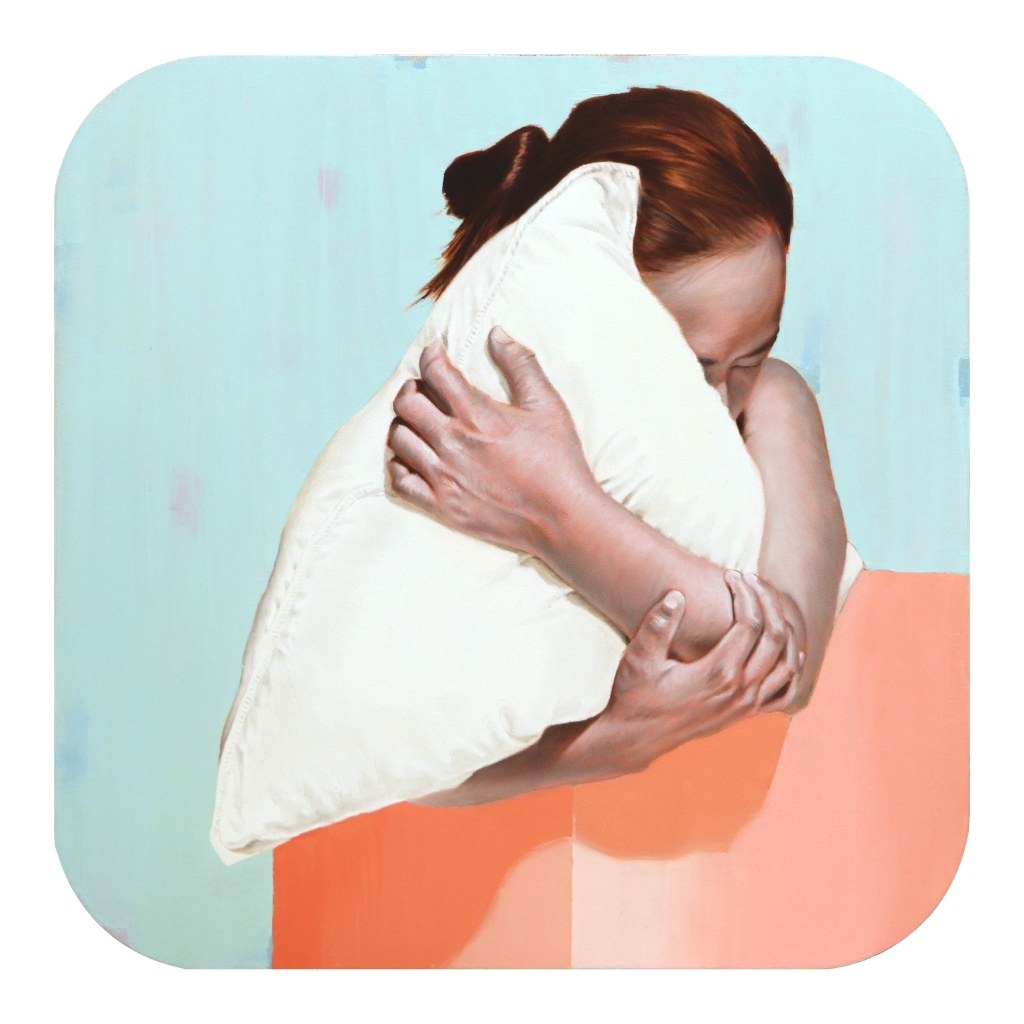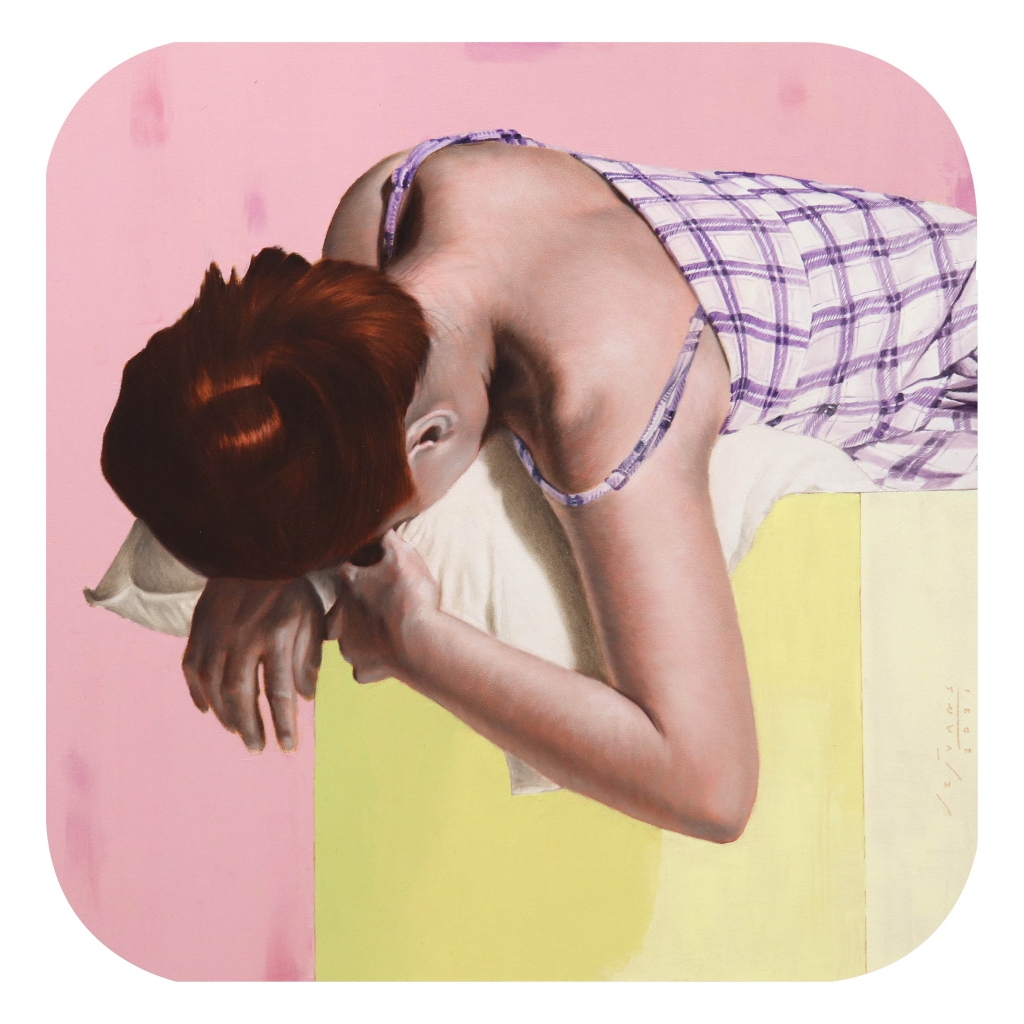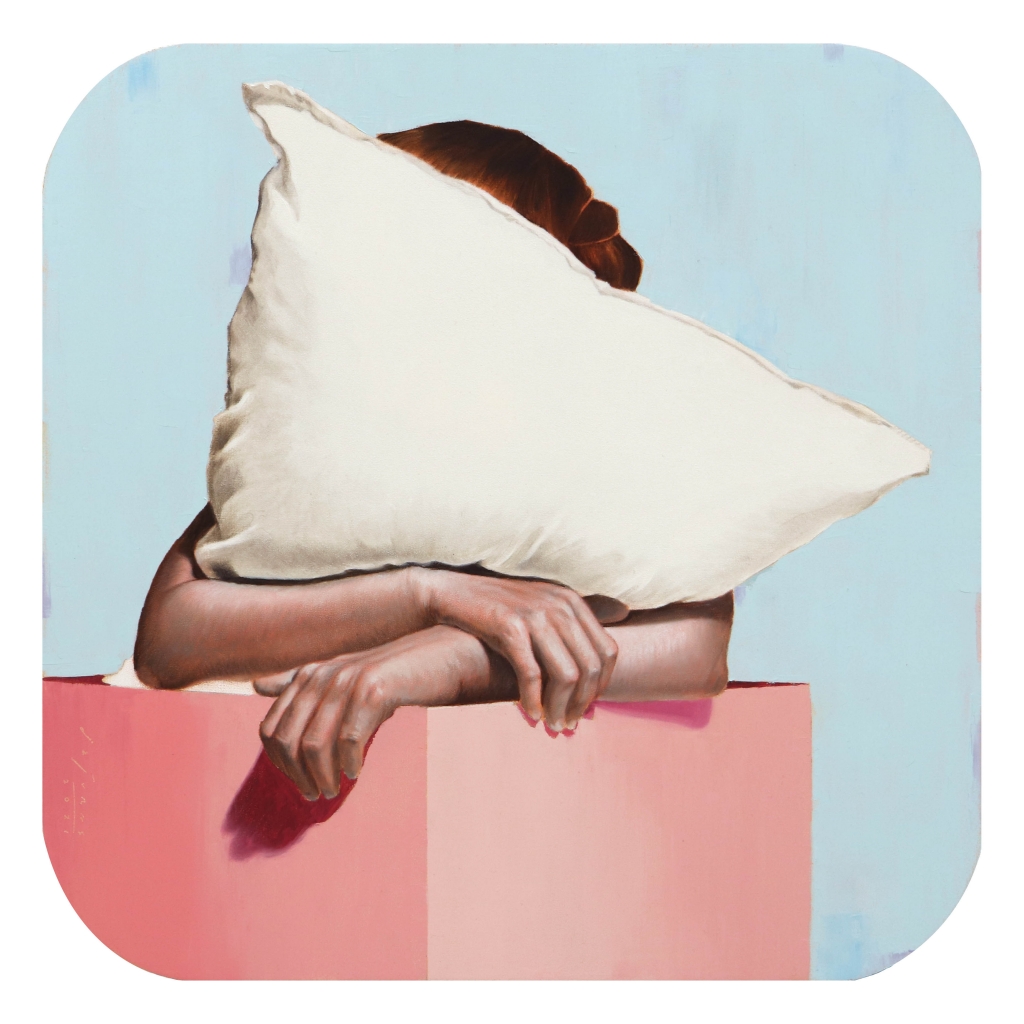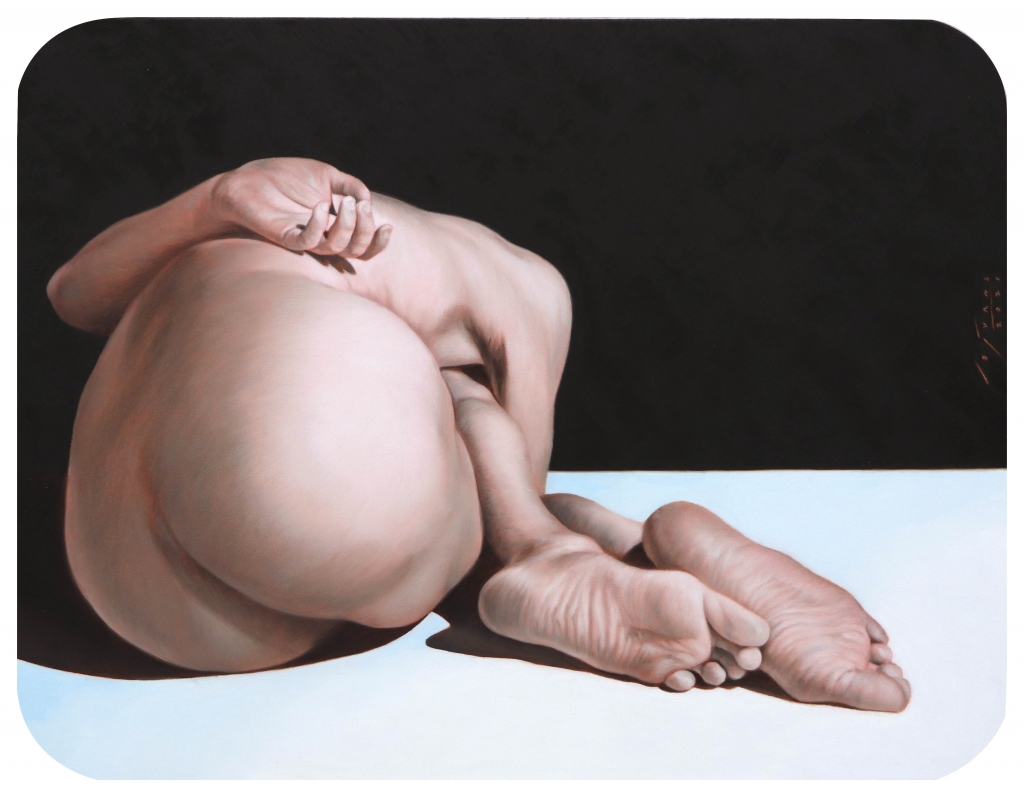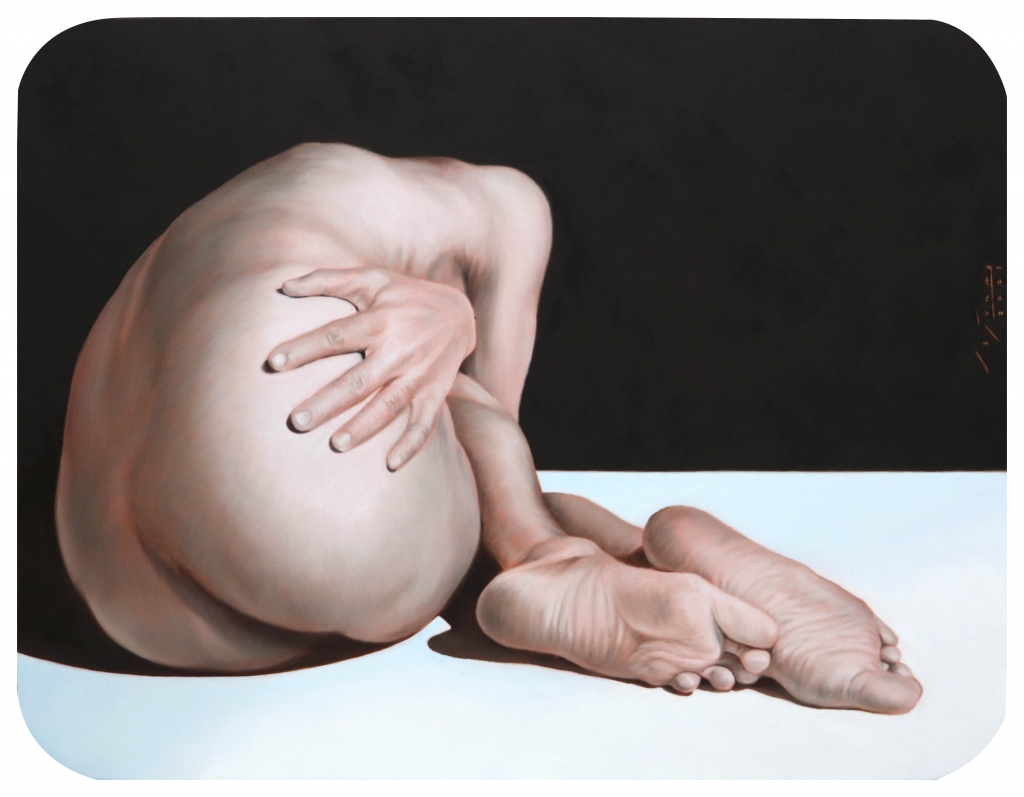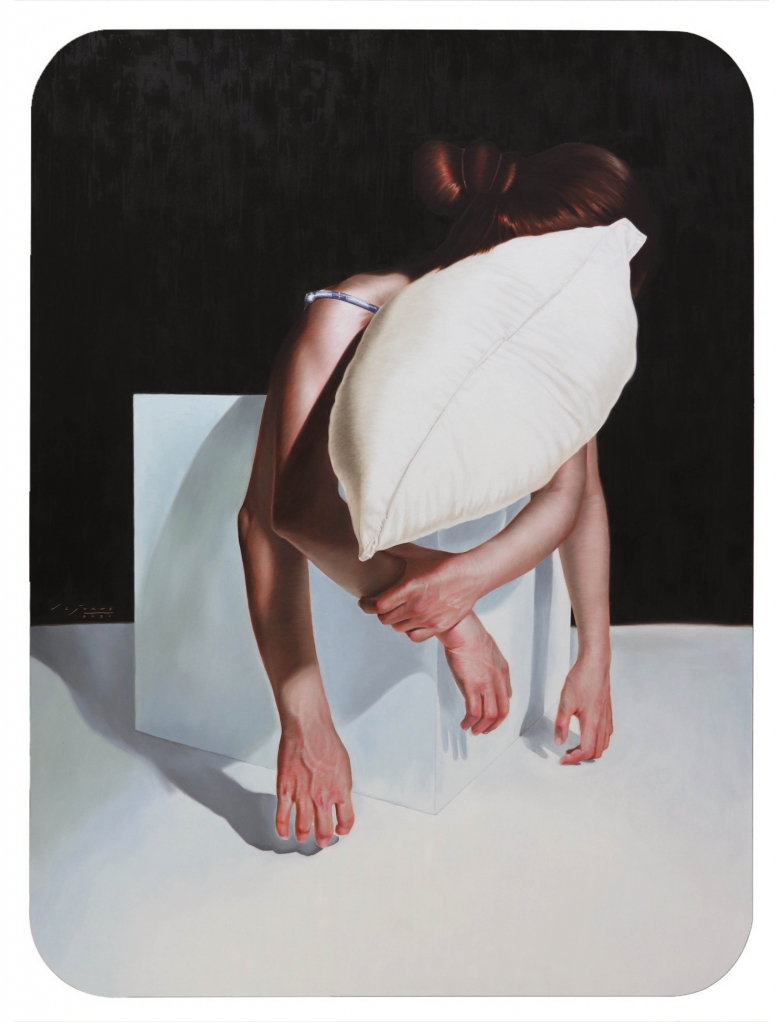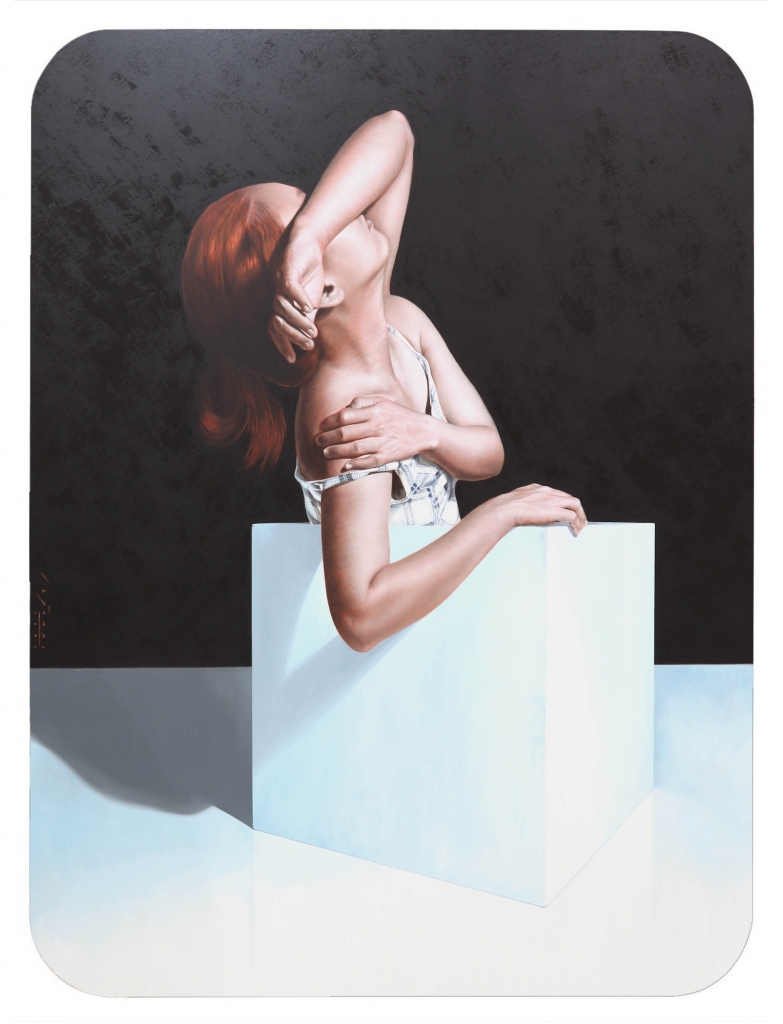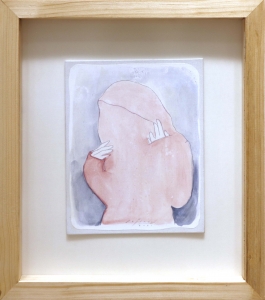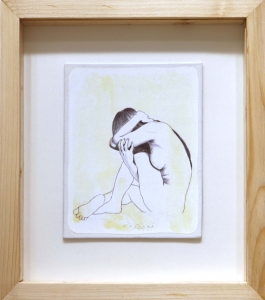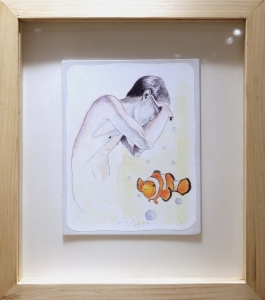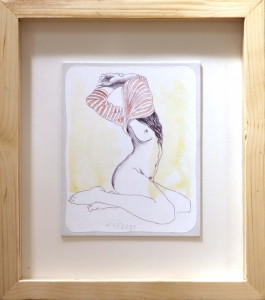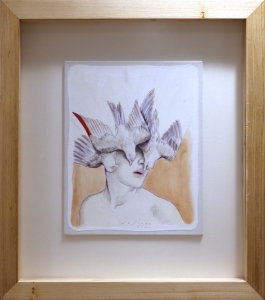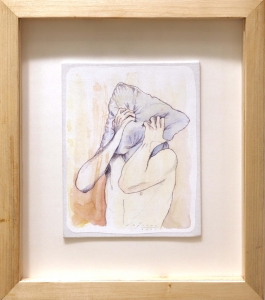STILL
NOVEMBER 5
DE JURAS SOLO EXHIBITION
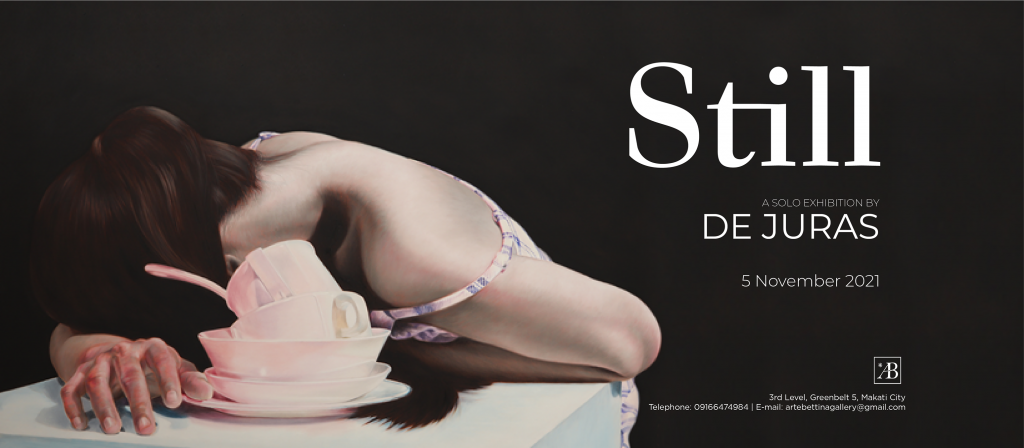
“Our lived lives might become a protracted mourning for
or an endless tantrum about the lives we were unable to live.”
— Adam Philips, Missing Out: In Praise of the Unlived Life
A life captured in a jaded moment. An arrangement of insensate bodies ostensibly drawn in a stilliven manner. An exhibition that delved into life’s struggles with uncertainty, doubt, and unbecoming. Coming out of the pandemic with a renewed visual language, De Juras1 sheds light upon the ramifications of physical and mental constraint. Thus, “STILL,” his first solo exhibition, refers to the burnout feeling due to monotonous mundane routine induced by confinement and isolation.
To an extent, a social surrealist image of a fragmented psyche emerges from the canvas—a far cry from his previous works that are emboldened with passion and severity. In this exhibition, we bear witness to the artist’s private life of resigned disembodiment where he explores the human body and mind as it is boxed within a limited space and charged with meaning and symbolism. Elements of melancholic solitude and despondent reclusion find their way within austere canvas tinted with crisp and serene hues.
To an extent, a social surrealist image of a fragmented psyche emerges from the canvas—a far cry from his previous works that are emboldened with passion and severity. In this exhibition, we bear witness to the artist’s private life of resigned disembodiment where he explores the human body and mind as it is boxed within a limited space and charged with meaning and symbolism. Elements of melancholic solitude and despondent reclusion find their way within austere canvas tinted with crisp and serene hues.
When everything is taken into account and when everything has been said and done, what is made present is the artist’s insight into the edges of our existence. Where the tension present within the works appear in the bodies of the subjects potent with vitality imposed against an empty background which is a dismal manifestation of the country’s stationary milieu.
— Drew Rabadon
